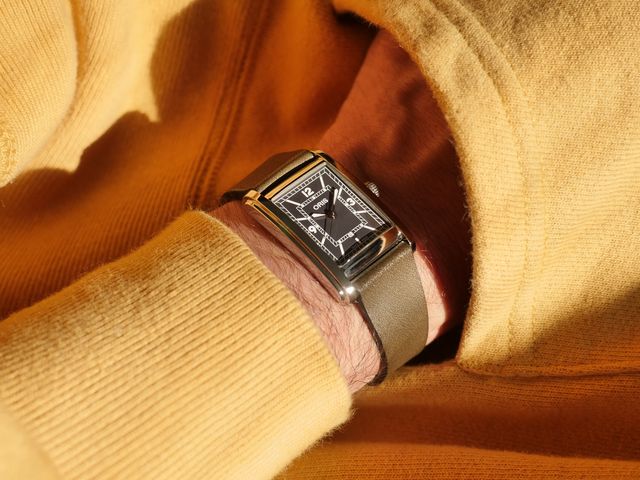Depending on your age, you might or might not bear in mind seeing your father wind his watch each night before going to sleep. If he did not, he would undoubtedly wake to a watch that had actually quit. Those days became history with the arrival of the automatic watch. What makes it automatic? It still has the exact same fundamental mechanism to keep the watch working, yet how that mechanism is powered transformed the method we looked after our watches.
All mechanical watches operate in a similar manner. They require an activity of a series of gears to “tick” increments of time, which in turn registers as motions of the hands on the face of the watch. A rotor in the watch rests on the staff in the middle of the watch’s activity. It revolves in a round motion as well as winds the mainspring which is the source of power in mechanical watches. With an automated watch, the winding of this spiral spring is done instantly with any type of arm or wrist movement.
Self-winding, automatic watches function great for people that put on the watch daily, yet if you do not use the watch often, it needs manual winding about twice a week. Even automated watches will certainly stay working much better if they are wound by hand around when every 2 weeks since this aids keep the watch lubricated. It is a misunderstanding that automatic watches never ever require any winding because all of it depends on the activity of the arm to keep it operating well.
A power book lets the movement of your watch maintain time for anywhere between 10 and also 72 hrs. There is something called a power get, and the bigger the book, the longer your automated watch will certainly maintain running without additional movement or hand-operated winding.

Rolex was the first watchmaker to create and patent the rotor system that is still used today. They called it the Perpetual as well as it was part of the prominent Oyster line created in the early 1930s. Emile Borer was the Rolex technician who generated the system, but he was not the first to create a blade. That distinction is most likely to Swiss watchmaker, Abraham-Louis Perrelet as long ago as 1770. This was fairly the invention due to the fact that it wouldn’t be until much later on in the time that wristwatches were put on and also there just wasn’t enough physical motion with a watch to make it a feasible means to move the rotor as well as wind the mainspring.
Automatic enjoy differs from quartz watches which are powered by batteries as well as not by either a handbook or automatic winding system. Powered by a battery, the quartz crystal inside a quartz watch shakes virtually 33,000 times per. View batteries last two years, whereas automated watches have a never-ever finishing resource of power: motion or activity.
Quartz enjoys representing the majority of reasonably priced watch sales today, yet lovers of watches still like the eminence as well as elegance of a carefully crafted mechanical watch. Automatics have actually begun to reclaim a few of the quartz market over the last few years accounting for big boosts (95%) in sales between 1993 and also 1995.
Lubrication is necessary to maintain an automated watch running well. Watches can be lubricated by manually winding the watch periodically and also taking it to a jewelry expert when about every 3 to 5 years. When winding an automated watch, just wind it 30 to 40 times or till you feel some resistance. Maintaining the watch in a watch winding box is likewise an excellent way to keep the watch lubricated.
Automatic watches are also quite cost-effective. They actually are available in every cost range when you pop over here. Some affordable brands include the Invicta watch and also the Orient watch, and after that, the rate can reach into the extremely expensive array relying on the decorations or the reputation of a particular brand name.
